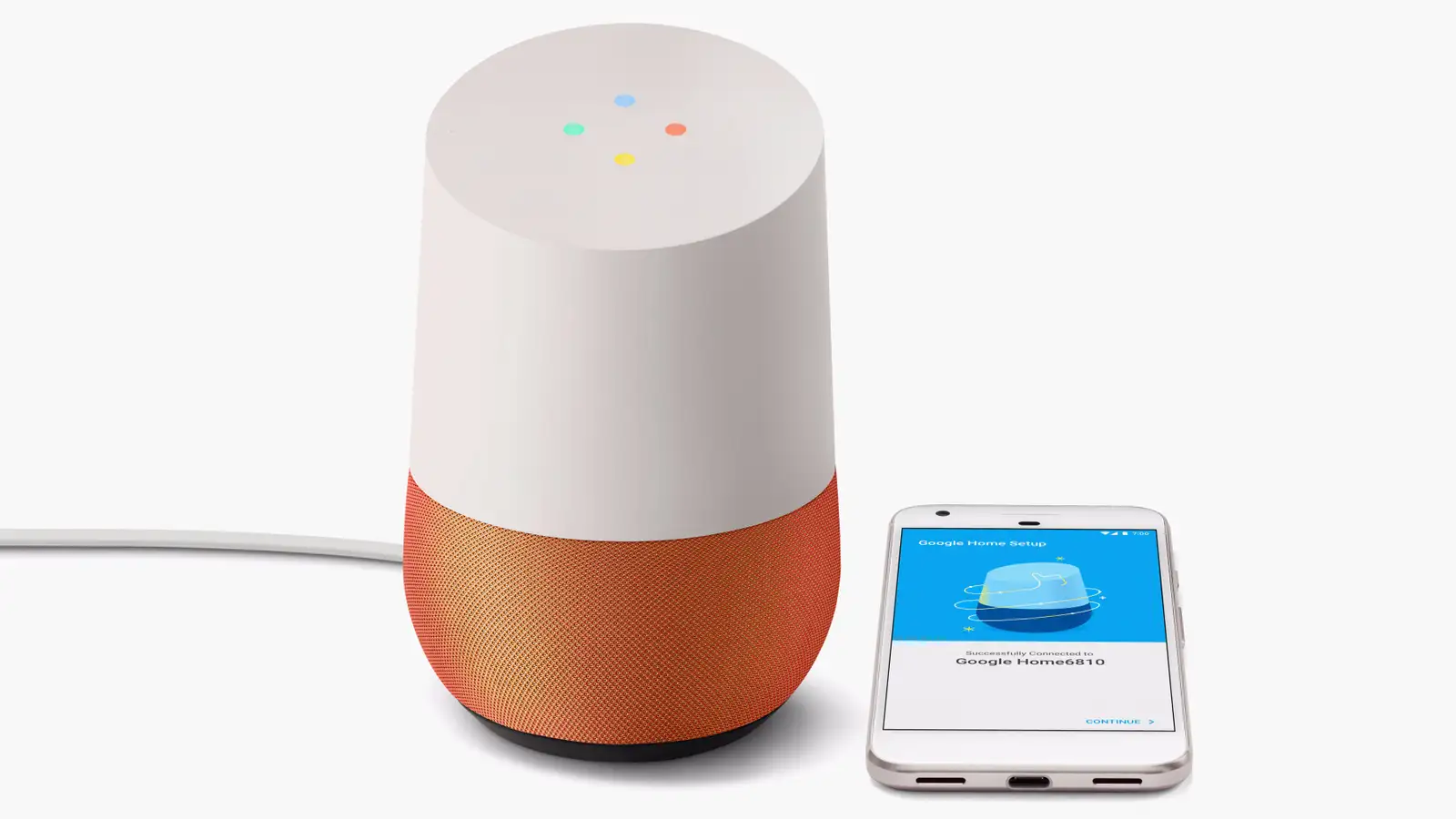Yesterday, Google unveiled a litany of new products designed to foist Google’s digital voice assistant into every aspect of your life, and theoretically make existence a little less painful.
In arguably its largest push into self-made hardware ever, the search company introduced Google Home, an Amazon Echo-like device that you can talk to. It will answer basic questions, tell you what your commute is going to be like, read you the news, and pretty much do anything else a smartphone could do, if it were a disembodied voice in your living room. The Home can also control a range of internet-of-things devices from Nest (another subsidiary of Google’s parent company, Alphabet), Samsung, and Philips.
Google also launched a new line of Pixel smartphones, which contain the same digital assistant as Home, meaning that in a perfect IoT world, you’d be able to tell that assistant in your phone to turn down the thermostat, turn up the lights, and fire up the TV while on your commute home. The Pixel phone would talk to your Home, which in turn would talk to all of your devices, getting them ready for when the master or mistress returns to his or her domain.
The company also launched an updated version of its streaming device, Chromecast, which can wirelessly stream 4K-quality videos and images from any computer or mobile device. The new Home can also command any Chromecast. If you ask Home to stream something from YouTube, it will be able to pull it up on your TV screen without you having to press a button. (Well, apart from the power button on your TV.)
Finally, Google launched a new type of wifi router, simply called Google Wifi, which is designed to effectively blanket your house in reliable connectivity. The system achieves this by allowing multiple Google Wifi routers to connect and work in tandem to cover the typically hard-to-reach sections of a house. Google will sell the routers as single devices, or in packs of three.
While Google’s new devices on their own may provide some incremental benefit to their predecessors, it’s not until you buy them all and have them work together that the benefits become apparent. Daniel Conrad, a former project manager on Android, wrote on Medium about the new devices: “The combination of all these devices, taken together, is really compelling. Home works with the $35 Chromecast and Chromecast Audio for multi-room streaming, backed by a high-quality mesh router system. ‘Play this YouTube video in my living room.’ That’s killer.”
It’s interesting that Conrad named the cheapest device of the lot, because although each individual device Google announced yesterday isn’t particularly expensive (for example, Home is $50 cheaper than an Amazon Echo), when you start adding up everything, it gets expensive quickly.
In Google’s presentation, the company showed an ideal situation where three Google Home devices were scattered around a house, along with three Google Wifi routers. Presumably this ideal homeowner would also have a Chromecast or two for their TVs, as well as a new Pixel phone to be able to control everything while outside, or when they’re out of earshot of a Home. This is the math (before taxes) for that:
These prices don’t include the smart lightbulbs, smart locks, smart thermostats, smart fridge, smart toaster oven, smart espresso machine, and smart herb gardens you’ll also need to buy so that your new Google products will have something to talk to. The internet of things is not a cheap endeavor.
While each new device isn’t expensive, to dive into the deep end of Google’s new ecosystem, you will end up spending what a very nice laptop costs. That’s not a small investment for a nascent industry where security remains a big question, and it’s still very easy to mess with these devices.
